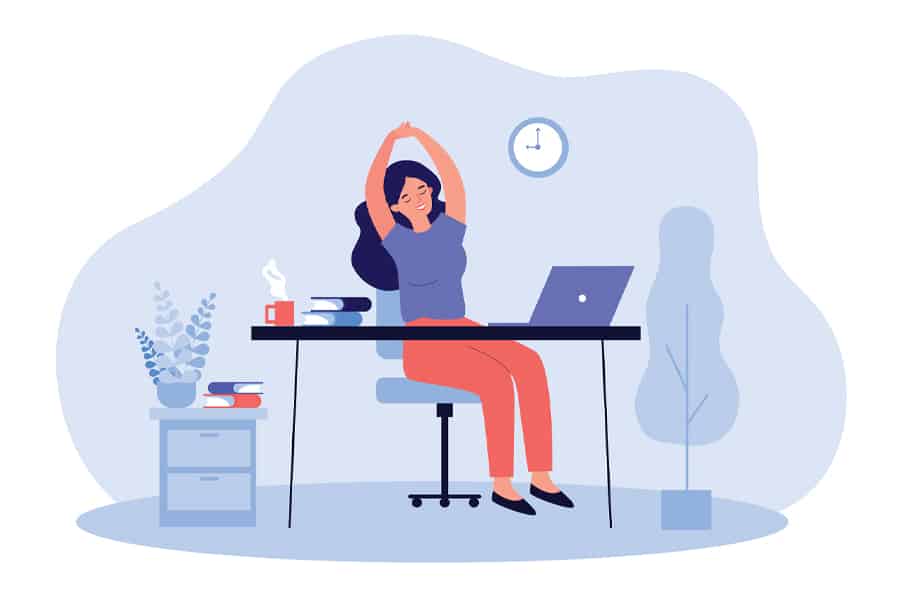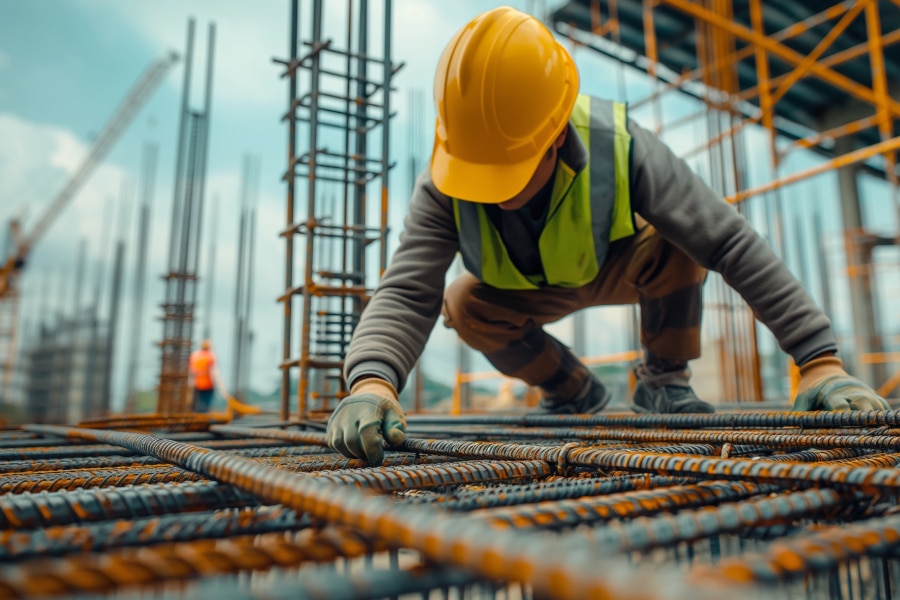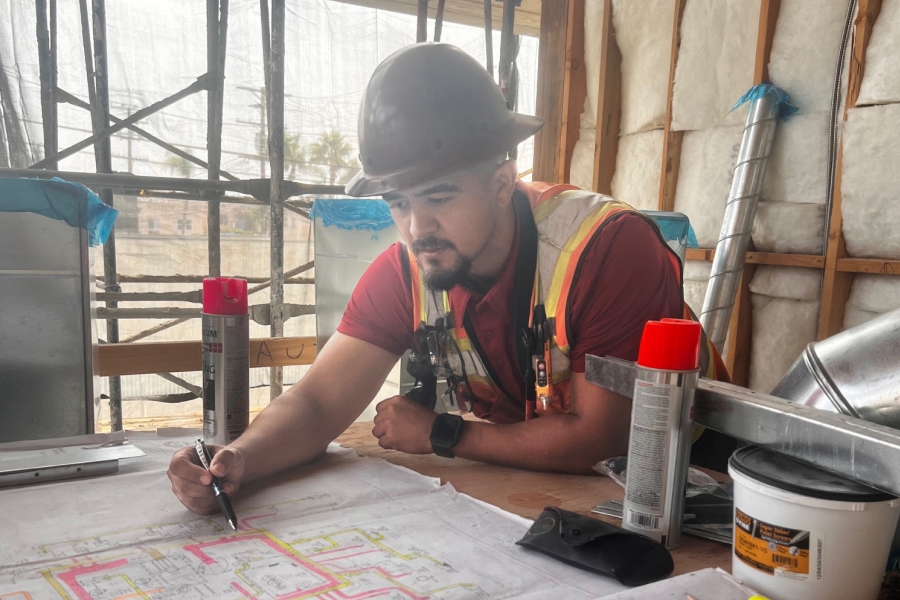The past two years have seen a major operational shift take place in the construction industry, with more remote working opportunities available post-pandemic. However, while this flexibility can improve effectiveness and change the way projects are delivered, it can also have a detrimental impact on the mental health of the workforce.
Research from the Royal Society of Public Health (RSPH) has found that remote working across many sectors has left most people (67%) feeling less connected to colleagues. And, while the instant response might be to bring everyone back together, it is not necessarily the best answer; 74% of people surveyed said they didn’t want to go back the office on a full-time basis.
It leaves companies with a tricky balance concerning what to do next. With mental health issues in the construction industry already well-documented, the long-term impacts of these new ways of working should be considered.
Occupational risk factors
The construction industry is particularly vulnerable to high rates of depression due to the nature of the work. With long hours, tight contracts (which create an adversarial and low margin environment) and rising costs, construction workers’ mental health is under a lot of strain. The pressure to keep up with the competitive, macho culture doesn’t help, as workers feel that seeking help makes them appear weak.
One of the issues this can create is an environment where people feel disconnected from others. However, technology may be able to help.
Mental health and construction technology
COVID-19 impacted ways of working significantly, with people advised to work from home where possible. Since then, we haven’t seen a return to full-time working in UK offices. The challenge for the current workforce is that this removed a key element of social interaction. In an industry like construction, with large and diverse supply chains coming together on projects, this can exacerbate mental health issues.
Technology, especially cloud-based software, enables teams to transition to remote working more successfully. There is an increased reliance on these digital tools, introduced or enhanced to allow effective collaboration on projects, as people try to replicate their work environment. Individuals can work on the same files in real time, communicate in platform and have the further advantage of an audit trail being created as they go, helping to manage project risk.
Not only can this bring people together, removing barriers to work that might cause stress, but it improves the visibility among team members. This is particularly important when it comes to mental health in construction. It makes it easier to check in on colleagues and pick up on any potential warning signs and issues early on, an important part of mental health care. It also creates an opportunity to raise problems, something that is easier if that regular contact is in place.
What can companies do to improve mental wellbeing at work?
The idea is to avoid isolation. Use tools and processes that help connect people and maintain their visibility. Having the right systems in place, where people can communicate easily, is a good first step. Then, it is about creating a culture of mental health awareness within the organisation. This starts from the top, by promoting an open and inclusive culture, where people can share concerns and communicate easily.
Internal communications, both formal and informal, should reinforce this, and there are opportunities for training, such as mental health first aid courses, that can raise the profile of this issue.
The Lighthouse Club is a useful resource for information, as a construction industry-focused mental health charity. And, if you need help on implementing collaborative software successfully to bring people together, you can find out more here.











